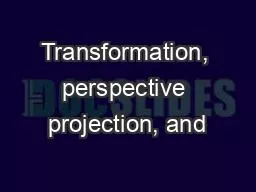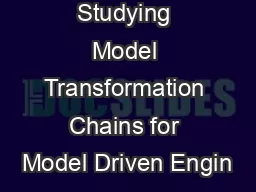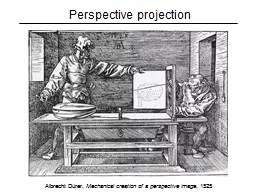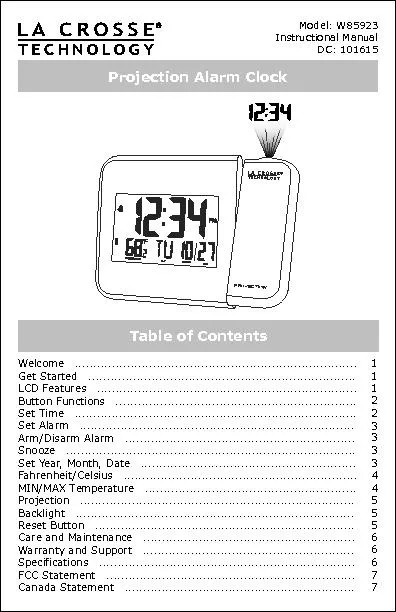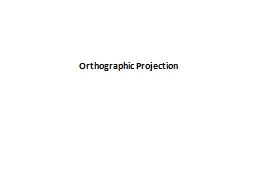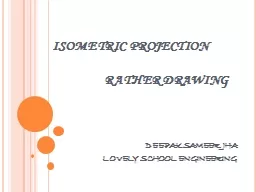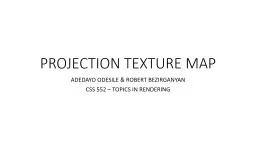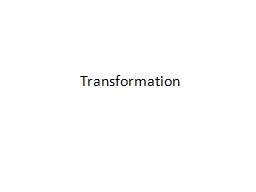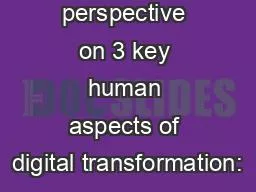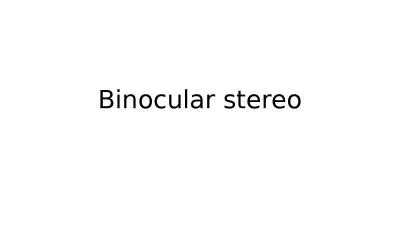PPT-Transformation, perspective projection, and
Author : relievinglexus | Published Date : 2020-08-27
LookAT in WebGL vsOpenGL Ming Ouhyoung September 2018 To make things functions simple WebGL is an Open ES 20 binding OpenGL ES 20 and modern OpenGL 32 does not
Presentation Embed Code
Download Presentation
Download Presentation The PPT/PDF document "Transformation, perspective projection, ..." is the property of its rightful owner. Permission is granted to download and print the materials on this website for personal, non-commercial use only, and to display it on your personal computer provided you do not modify the materials and that you retain all copyright notices contained in the materials. By downloading content from our website, you accept the terms of this agreement.
Transformation, perspective projection, and: Transcript
Download Rules Of Document
"Transformation, perspective projection, and"The content belongs to its owner. You may download and print it for personal use, without modification, and keep all copyright notices. By downloading, you agree to these terms.
Related Documents

